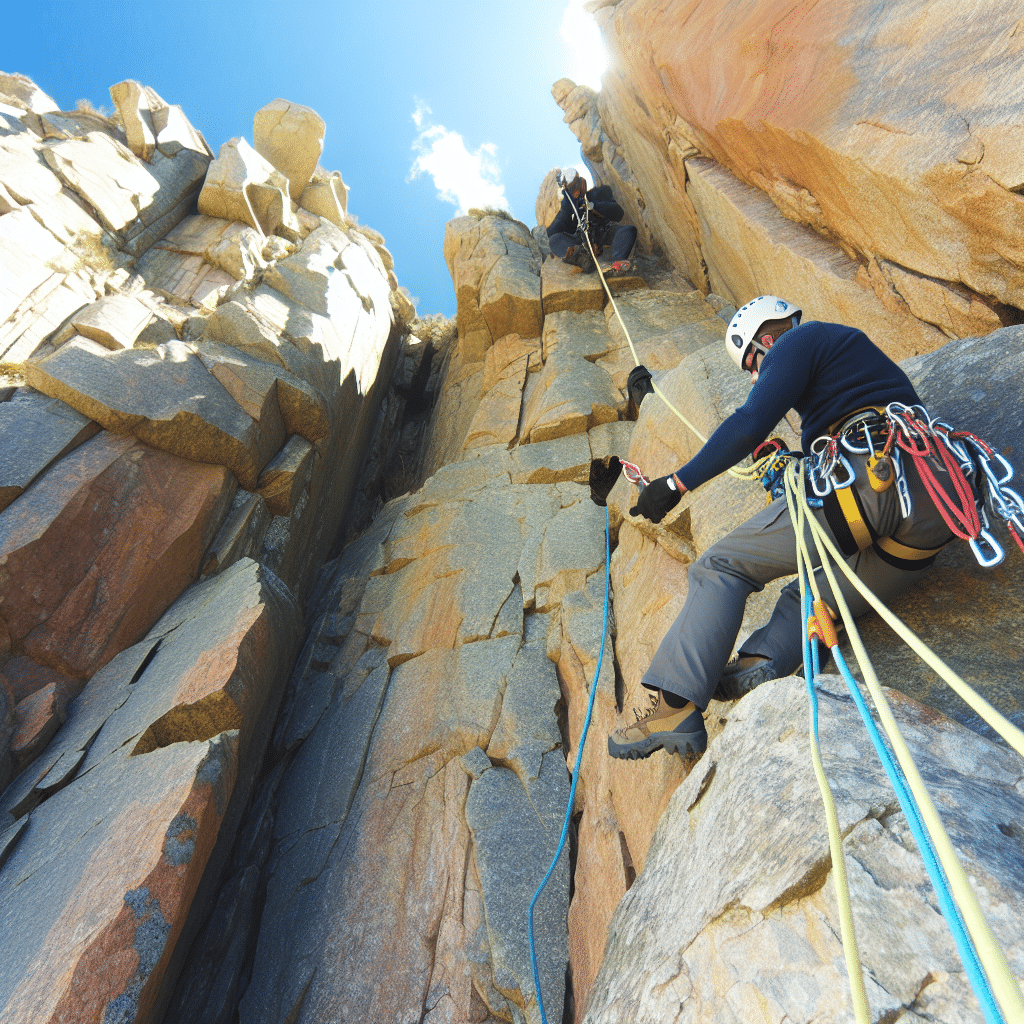Abseiling, also known as rappelling, is an exhilarating adventure sport that allows individuals to descend vertical surfaces using a rope. While the activity can provide an adrenaline rush and a sense of accomplishment, it also poses inherent risks. Ensuring safety during abseiling is paramount to prevent accidents and injuries. This article discusses essential abseiling safety procedures that every enthusiast should follow.
Why Is Safety So Crucial in Abseiling?
Abseiling involves descending from heights, often with challenging terrain beneath. Without proper precautions, a simple error can lead to severe consequences. Safety procedures are designed to minimize risks and ensure that both novices and experienced climbers can enjoy the sport confidently.
What Are the Key Safety Procedures for Abseiling?
1. Use of Appropriate Gear
The foundation of abseiling safety lies in the gear. Essential equipment includes a harness, helmet, gloves, ropes, carabiners, and a descent device. Each piece of gear must be checked for wear and tear before use. A malfunctioning harness or a frayed rope can be catastrophic.
2. Conducting a Safety Check
Always perform a “buddy check” before starting your descent. This involves examining each other’s gear and ensuring everything is secure. Harnesses should fit snugly, carabiners should be locked, and ropes should be properly threaded through the descent device.
3. Secure Anchor Points
The ropes should be anchored to a stable, immovable object such as a rock or a bolted anchor. It’s vital to use a backup anchor whenever possible. Testing the anchor’s stability before you begin is an essential abseiling safety procedure.
4. Communication is Key
Clear communication between team members is crucial. Use standard signals or calls to convey information. For instance, shouting “On belay” to confirm that you’re ready to descend and “Off belay” once you’ve reached the bottom can prevent misunderstandings.
5. Controlled Descent
Maintain control during your descent by keeping a firm grip on the rope. Descend slowly and steadily, avoiding sudden movements. This helps in maintaining balance and reduces the risk of injury.
6. Be Mindful of Environmental Hazards
Environmental factors such as loose rocks, wet surfaces, and strong winds can pose additional risks. Always assess the environment before you start your descent. Wear appropriate footwear and be extra cautious if conditions are less than ideal.
Additional Tips for a Safe Abseiling Experience
1. Practice Makes Perfect
Before tackling a real descent, practice abseiling on a smaller, controlled setup. This allows you to become familiar with the equipment and techniques, reducing the likelihood of errors during the actual activity.
2. Take a Course
Consider taking an abseiling course from a certified instructor. These courses cover essential techniques and safety procedures, providing a comprehensive understanding of the sport.
3. Know Your Limits
Never push beyond your skill level. Abseil within your comfort zone and gradually take on more challenging descents as you gain experience.
Conclusion: The Importance of Following Abseiling Safety Procedures
Abseiling can offer an unparalleled sense of adventure, but it comes with its own set of risks. Following essential abseiling safety procedures can make the difference between an enjoyable experience and a dangerous situation. By using the right gear, performing thorough safety checks, and maintaining clear communication, you can significantly reduce the risks involved. Additional tips like practicing in controlled environments and taking professional courses further enhance your safety. Remember, the thrill of abseiling is best enjoyed when you can confidently and safely descend, knowing you’ve taken every precaution to protect yourself and your companions.




